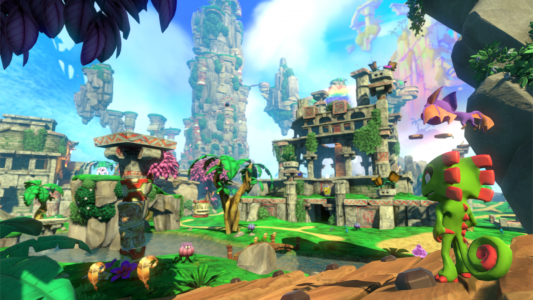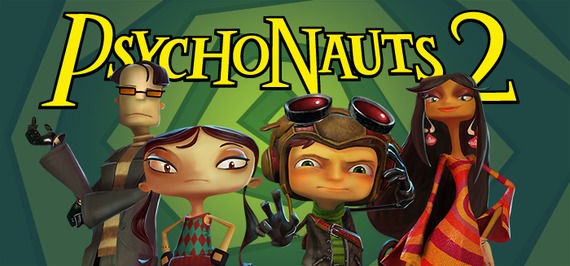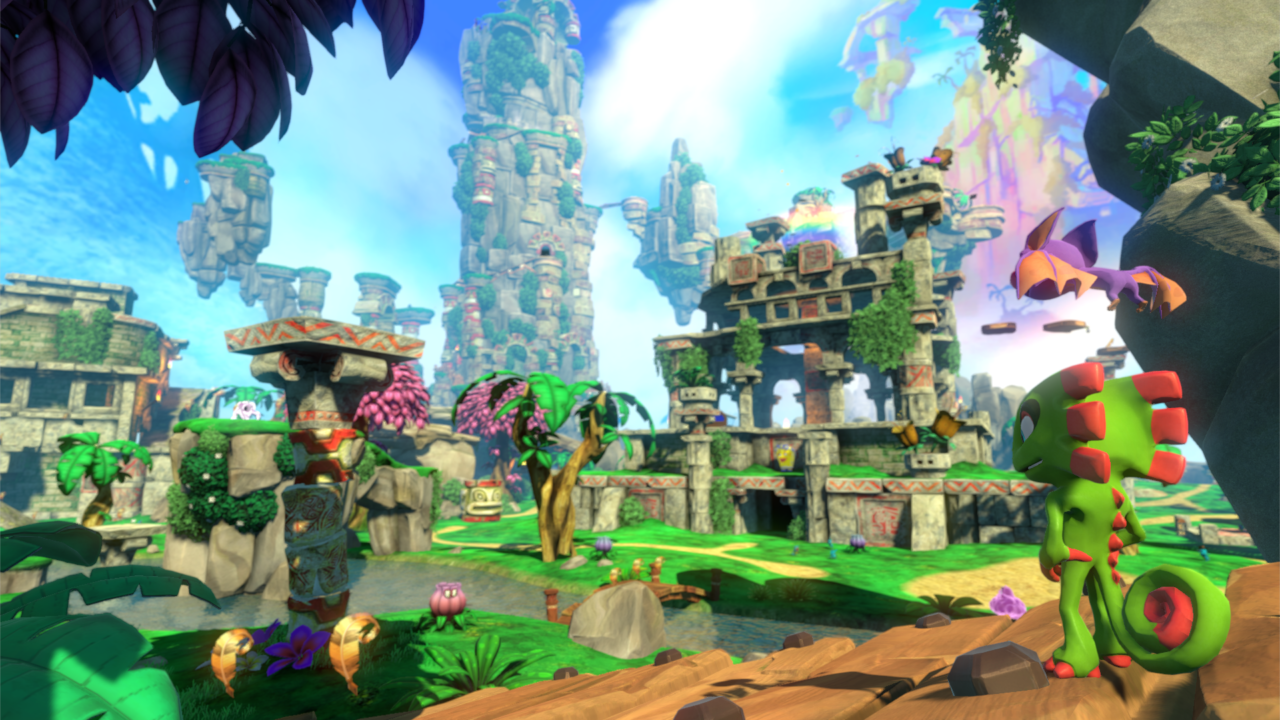It’s no secret that overall, many crowd-funding pitches will fail. Yet there’s something about the crowd-funded scene that draws indie developers and enthusiastic gamers back time after time.
We all know that traditionally, games were mostly funded and even developed in a different way to which they are today. Way back when to get a video game out to the waiting gamers chances are you’d need a publisher. That could be very tricky. Luckily for our indie devs, time have changed.
With crowd-funding came a whole new way to advertise, fund and develop games – a way to have more creative freedom, to really get to know your target audience and even involve them in the development process. Not only have websites like Kickstarter changed the way that studios fund their games, they have aided in the evolution of game development so naturally and quickly that it’s understandable if you missed it. Here we’ll take a look at crowd-funding and how it’s altered the process of game development and design for the better.
Crowd Funding
Though crowd-funding has a long history (before the online crowd funding we know today, books, films and even military conflicts were funded via methods such as subscriptions and war bonds.) it’s only been in the last few years that it’s become such an accepted and successful way to fund projects. With Kickstarter claiming only around 9% of projects fail, it’s not surprising that more and more people are turning to it every day.
In case you’re not familiar with crowd-funding, it’s not entirely dissimilar to pitching a project in the traditional sense. You create your pitch and post it on one of the many crowd funding sites. Those who are interested can back your project by donating their money – more often than not backers will receive rewards in return depending on how much they choose to give. Rewards often include the finished product, artwork, public thank you’s or being credited for backing. The pitch stays online for the duration of the crowd-funding and, if successfully funded the money raised goes to creating the project. It’s a simple process which allows more enthusiastic entrepreneurs and creatives to have the chance to create a product and start their business, and it allows consumers to back items, products and projects they’re interested in.
Why Video Games?
Crowd-funding is a way that developers can retain creative freedom over their content. We’ve heard the stories about people in every creative industry who finds a publisher and suddenly their project is all but taken away from them. It happens with books, in the movie and music industries and in games. That’s not to say publishing via traditional methods is a bad thing, but many people not only struggle to find a publisher willing to put forward the big bucks, but they are wary of potentially losing full control over their game. In a world where the internet has made is easier for us to say what we really want to, more people are determined to create and share things that they really want to. Crowd funding is a great way to do that, although there are obvious rules and regulations that people have to take into consideration when making any kind of entertainment, generally the rules are a whole lot more lax when you’re essentially able to fund yourself.
It’s not just a plus for devs, though – it gives gamers the chance to see the games they want to play and help make it a reality. It’s even changing the dev/gamer relationship for the better. Developers need to draw attention to their project and keep backers interested. Therefore they take to the social media sites to keep consumers involved. It’s opened up a channel of communication – if a studio in the midst of a kick starter stays tight lipped and seems disinterested, there’s less of a chance their game will get successfully funded, so they inject themselves into the gaming community in every way possible- now it isn’t unusual to see indie studios asking for the opinions and advice of gamers and hopeful devs online. It’s given people a chance to be more involved in the whole process, and given it a personal touch for those who have handed their money over in the hopes of seeing a finished game.
Crowd-Funding Success Stories
Yooka-Laylee

Image Credit: Playtonic Games
Yooka-Laylee has been dubbed the ‘spiritual successor’ to the still popular Banjo-Kazooie. The 90’s platformer saw kids spending countless hours staying up too late and pulling sickies. There was something overwhelmingly charming about a bear and the bird running around bright colored worlds collecting musical notes. Fast forward seventeen years – the kids are adults and are craving our childhood games again. We’ve had similar games come our way but few lacked that magic that came along with Banjo-Kazooie.
Luckily for us, some of the core team behind Banjo-Kazooie began a Kickstarter in June 2015, and raised over 2.1 Million from over 80,000 backers. Fast forwards again to EGX 2016 and we got our first look at a demo. I was lucky enough to be there and managed to get my hands on a controller. Yooka-Laylee was everything we were promised- a 90’s platformer updated for modern gamers. Different yet familiar.
Psychonauts 2

Psychonauts 2 is another huge crowd funding success. Rumors about the sequel had been swirling around the internet for years, but in February 2013 the idea was scrapped, mainly due to funding issues.
Crowd funding via Fig, the campaign for the sequel to the beloved game ended in January and raised over $3,000,000 from over 24,000 backers. That’s not to say that crowd funding is solely for 90’s platform gamers, though – no-one can write an article about crowd funding in the video game industry without mentioning Star Citizen.
Star Citizen

Star Citizen broke world records for crowd-funded video games when they raised an astonishing $115,961,851 as of June 2016 via Kickstarter and the RSI website. As incentives, backers received numerous perks from lifetime insurance on ships to psychical goodies such as t-shirts, novels and game manuals.
The interesting thing to remember here is that although the game had raised $115,961,851 as of June – it’s still an indie game. The studio still has full control over their content and because it was crowd funded backers still have a say.
What’s this got to do with game development?
Experienced developers know what they need to make to keep gamers happy, and any producer can tell you when you go above and beyond your required funding that you’re expected to develop more than you originally promised. Therefore when crowd-funded projects go way past their goals often they’ll add more and more features and in some cases change gameplay drastically by adding new elements.
This is where the open platform with gamers comes in useful again. With the necessity of having communication with your backers it becomes like developing a video game with gamers instead of just for them. It’s common to see studios who’s games were crowdfunded making polls and asking for suggestions from backers who have played the game’s demo or played the game at expo’s for their opinions and advice.
A game is demoed at an expo and a majority of backers who came to play didn’t like the jump? It’ll get changed, because these people helped to make the game a reality, and studios know the importance of keeping backers interested and happy. Of course Q & A and testers have been around for a long time, but now that gamers have technically already bought and/or invested in the game before release, their voice seems to mean more than ever.
Between the fact that the gap between developers and gamers is slowly but surely beginning to get smaller and gamers’ increased involvement in the development of video games, crowd funding is changing the way games are developed right across the board.

